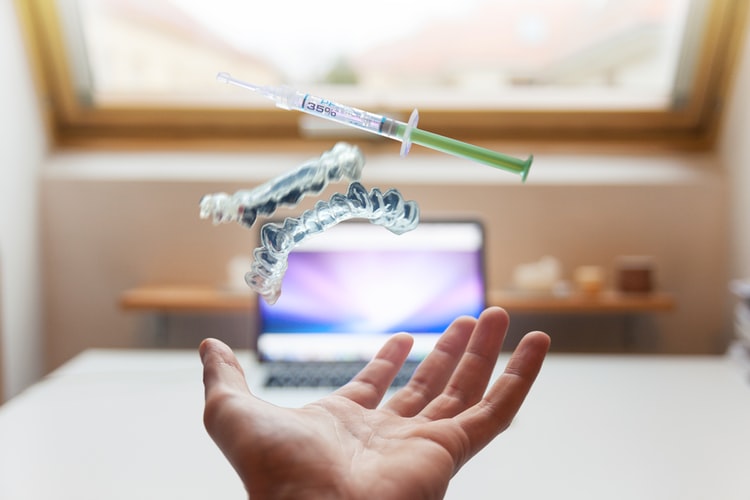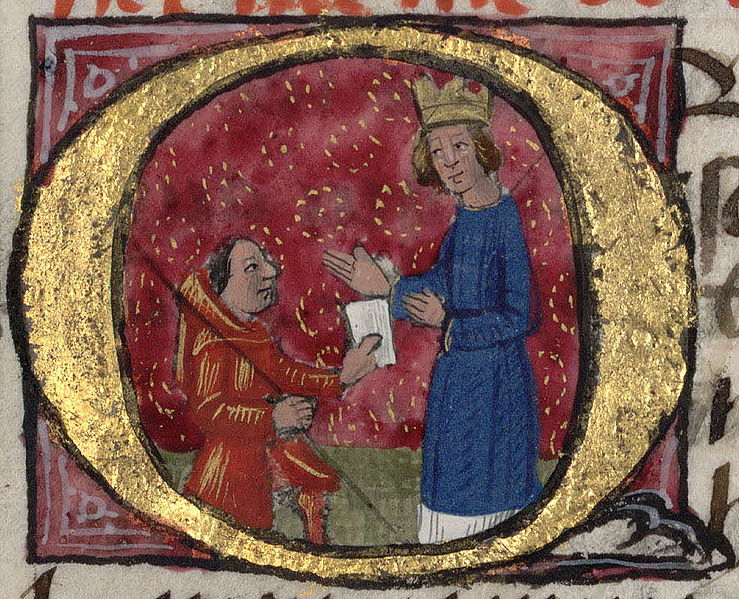Vaccine, vaccines, vaccinations - these are quite popular words today. And be that as it may, whether you are their ardent adversary or ardent supporter, they are with us. They are part of our life, and this is inevitable. Indeed, in many ways, our very lives, in the form in which we have it now, we owe vaccines and vaccinations. What is this? Scientifically speaking, it is a biological drug responsible for the appearance of your immunity to a certain disease.
How a vaccine works is not hard to understand. The drug you are injected contains an agent that resembles the disease causing microorganism. As a rule, it is produced from weakened or killed forms of the pathogen from which you are immunized. Sometimes it is not the pathogen itself, but a preparation from its toxins or a "squeeze" of one of its surface proteins - some piece (antigen) that your immune system can remember and prepare a set of weapons (antibodies) to repel its attack when it appears again. If there is a memory pattern, the foe will be recognized, the cycle of weapons production will begin, a systematic search and destruction of the pathogen so that you can remain healthy and unharmed.
But if everything is so simple, you ask - pieces of bacteria or their proteins are harmless and give us immunity - why are there still no vaccines for everything today? Better yet, one vaccine that would contain all the killed known pathogens and make us invulnerable to the micro universe with one injection? Let's figure it out.
We have to start with the fact that the pathogens that can harm us are very different. They are so different that they are often genetically different from each other, such as a fly and an elephant. And that which can protect against the bite of the first in the ass is absolutely useless against the blow with the trunk in the face from the second.

- Y- . , , , , . .
, , 6000, . , , , , , . , , 128 . , , 128 , 128 - 100% . . , , - , .
«homo» ? , , . , , , . , .
, ; , , , , , , «» . , , . , . , P. falciparum , , .
, - . , . , , . , - , - , . - , - . , , , .
?
. , , « ». , , (, , ). , , , - . , , , , « ». , , , , - .

, «» “munis”, , . , , , 430 . .. , “ ”. , , : « , , , , . ...». «» «», 60 . .., .
? . , , . , , . (300 - 480 . ..), (330 . ..), (63 . ..), , . , . , .
, , , , 5- 120 . .., 6-, . - , , , , . , 6- , , , , , . , . , « » . . De Medicina - Antidotum Mithridaticum. 54 , .

63 . .. - , , , , . . , . - . , 17 , , , . , , , , . , , . , , , .
- , . - - . , , . . 3 (), . ( ), . , . …
. , , . . , , 2 . , , , 30 , - .
- , , . ? , , , .
- . . (1500 . ..), (1122 . ..), , , , .
, , . , , . , . , - , . , .
, , , . . , , - , , , 1717 . . , , , , , : “, , , ».
, 1721 . , . , , . 1796 , . , - , - . - .

, ?
, , , . -, . . - , , . . , “ — ”. , , , 450 . (700 . ) , , , , . . - . () - . (Ig) - . - -, . , (RAG), -.
, , ? , , . — . .
. , , . , . , - , , . , TLR . . Toll- (TLR) , , . TLR , , .
- , , - «- ». , TLR , , , ( ). , , - , - .
. , . . , , . , , TLR, , , , . TLR , . - , , TLR .
- . , - -. . : Igs ( ) B- T- (TCR) T-, , TLR, . , , , . , . , “”, .
, , - - -, , , . , , , , , , .
, . - , - , , . .
, - , . , , , - -, . , ( ) , , , - , . , .

“” - , . , . , , () , , , () . - , ( , , , , ). , - .
, , . , . , . . , , . , , - , , . , , .
? -, . -, , , , . . , , 5 , . , , , , - , . , . , , , , , , , .
? , (. - “ ”). - , , , . . . , , , Corynebacteria sp. viridans streptococci , , . , ?
. , , .
- , , in vitro (. - “ ”, ) , , . , , . , , , (- ). , , , . , , , , .

?
— . , , , , . . , - 7 , . ? . , -.
, , 1931 . , . , , , .
. - , , . , . . , 8 .
, , , «» , , , , . , , , .
JAMA Pediatrics, " ", , , ( MMRV). , .
?
. , . , - . , - , . . , , , , , ? , , 149 . , . , , - - , 100 200 .
, , . , ... . , - . , .

: 1- () , , , in vitro. 2 - . 3 - - , ( ) , , . 4 - , ( ) . - , . 5 - - , . , .
Your SV.